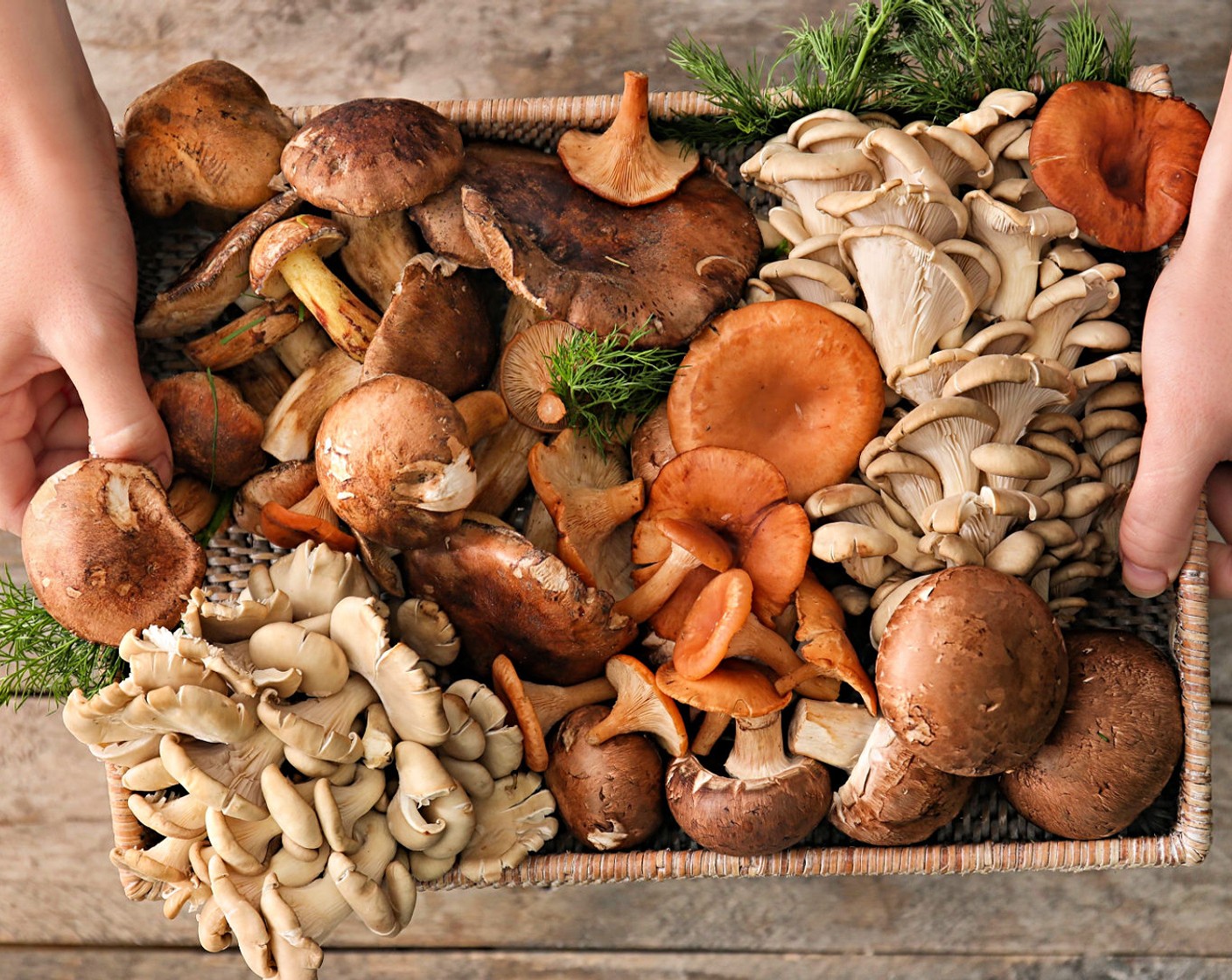Mushrooms as the New Meat Alternative: The Plant-Based Revolution –Plant-based diets are no longer a niche trend — they’re reshaping the global food landscape. And at the forefront of this culinary revolution? Mushrooms.
Once relegated to soups, salads, and side dishes, mushrooms are now emerging as a serious meat alternative, prized for their flavor, texture, and nutritional punch. But why are mushrooms gaining so much attention, and how can you incorporate them into your meals? Let’s explore.
What Makes Mushrooms a Meat Alternative?
Mushrooms are fungi, not plants, but they offer characteristics that make them uniquely suited as a meat substitute:
-
Umami Flavor: Mushrooms are naturally savory, giving dishes a “meaty” taste without added salt or fat.
-
Fibrous Texture: Varieties like shiitake, portobello, and king oyster have dense, chewy textures that mimic meat in burgers, stews, and stir-fries.
-
Protein Content: While not as high as meat, mushrooms contain 20–30% protein by dry weight, enough to contribute meaningfully to a balanced plant-based diet.
-
Nutrient-Dense: Mushrooms are rich in B vitamins, selenium, potassium, and antioxidants, offering health benefits beyond just protein.
These qualities make mushrooms a versatile ingredient in plant-based cooking, from gourmet dishes to quick weeknight meals.
Why Mushrooms Are Gaining Popularity as a Meat Substitute
-
Sustainability
Meat production is resource-intensive, contributing to greenhouse gas emissions, deforestation, and water use.
Mushrooms, on the other hand:-
Grow quickly (often in just 1–3 weeks)
-
Require minimal land and water
-
Can be cultivated indoors on composted agricultural waste
This makes them an eco-friendly alternative for conscious consumers.
-
-
Health Benefits
Replacing some meat with mushrooms can reduce saturated fat and cholesterol intake while increasing fiber and antioxidants.
Studies suggest that diets rich in mushrooms may support:-
Heart health
-
Weight management
-
Immune system function
-
-
Culinary Versatility
Chefs and home cooks love mushrooms for their adaptability. They can be grilled, roasted, shredded, or blended into sauces and meat substitutes like burgers, tacos, and meatballs. -
Trend Appeal
With the rise of plant-based diets among millennials and Gen Z, mushrooms are gaining a “cool factor” — featured in trendy plant-based restaurants, meal kits, and social media recipes.
How to Use Mushrooms as a Meat Substitute
Here are some practical ways to integrate mushrooms into your meals:
1. Mushroom Burgers
-
Portobello mushrooms are perfect for a meaty, juicy burger.
-
Marinate in soy sauce, garlic, and balsamic vinegar before grilling.
-
Serve with whole-grain buns and fresh veggies for a protein-rich meal.
2. Minced Mushroom Meat
-
Finely chop or pulse mushrooms to create a ground-meat texture.
-
Mix with lentils, black beans, or walnuts for mushroom “meat” tacos, chili, or spaghetti Bolognese.
-
This combo boosts protein, fiber, and micronutrients.
3. Mushroom Stir-Fries
-
Use shiitake, cremini, or king oyster mushrooms as the star protein in stir-fries.
-
Toss with soy sauce, ginger, and garlic for an umami-packed, nutrient-rich meal.
4. Blended Mushroom Sauces
-
Blend cooked mushrooms into soups, gravies, or pasta sauces for a creamy texture and deep flavor.
-
Ideal for those easing into plant-based eating or reducing meat intake.
5. Meat Mix-Ins
-
Combine mushrooms with small amounts of meat to enhance flavor, reduce calories, and boost nutrients.
-
This works well in lasagna, meatballs, and casseroles.
The Science Behind Mushrooms’ Meaty Qualities
Mushrooms contain compounds that contribute to their meaty umami flavor:
-
Glutamic acid: Produces the savory taste naturally found in meat.
-
Amino acids: Enhance protein content and flavor.
-
Fiber-rich cell walls: Provide chewiness and a satisfying texture.
This is why mushrooms are increasingly used in plant-based burger patties, sausage alternatives, and even jerky products. Food scientists are now experimenting with mycoprotein, derived from fungi, to create high-protein meat analogs for vegan diets.
FAQs About Using Mushrooms as Meat Alternatives
1. Are mushrooms as nutritious as meat?
Mushrooms are lower in protein but rich in vitamins, minerals, antioxidants, and fiber. Combining mushrooms with beans, lentils, or whole grains can create a complete protein profile.
2. Can mushrooms satisfy meat cravings?
Yes, varieties like portobello, king oyster, and shiitake have textures and flavors that mimic meat, making them satisfying for both taste and mouthfeel.
3. Are all mushrooms safe to eat?
Only consume store-bought or cultivated mushrooms. Wild mushrooms can be toxic or deadly if misidentified.
4. Can mushrooms be used in processed meat alternatives?
Absolutely. Many plant-based burger brands now blend mushrooms with pea protein, soy, or mycoprotein to create sustainable, tasty products.
5. How do mushrooms support a plant-based diet?
They provide umami flavor, texture, and nutrients, making it easier to replace meat without sacrificing taste or satisfaction.
Why Mushrooms Could Define the Future of Plant-Based Eating
-
Sustainability: Mushrooms have a minimal environmental footprint.
-
Nutrition: They provide essential vitamins, minerals, fiber, and protein.
-
Flexibility: Mushrooms adapt to countless cuisines and recipes.
-
Flavor: They naturally satisfy savory cravings.
As more consumers seek healthy, sustainable, and flavorful alternatives, mushrooms are poised to become a cornerstone of plant-based diets worldwide.
Conclusion
Mushrooms are no longer just a side dish or salad topper.
With their meaty texture, umami flavor, and nutritional profile, they’re redefining how we think about plant-based eating.
Whether you’re a vegan, flexitarian, or just looking to cut down on meat, mushrooms offer a delicious, sustainable, and versatile solution.
The age of mushrooms as the new meat alternative is here — and it’s delicious, nutritious, and here to stay.


:max_bytes(150000):strip_icc()/roasted-kohlrabi-recipe-2216540-step-01-4456b22c2e3d4d0da956fe7fae6d34e3.jpg)
